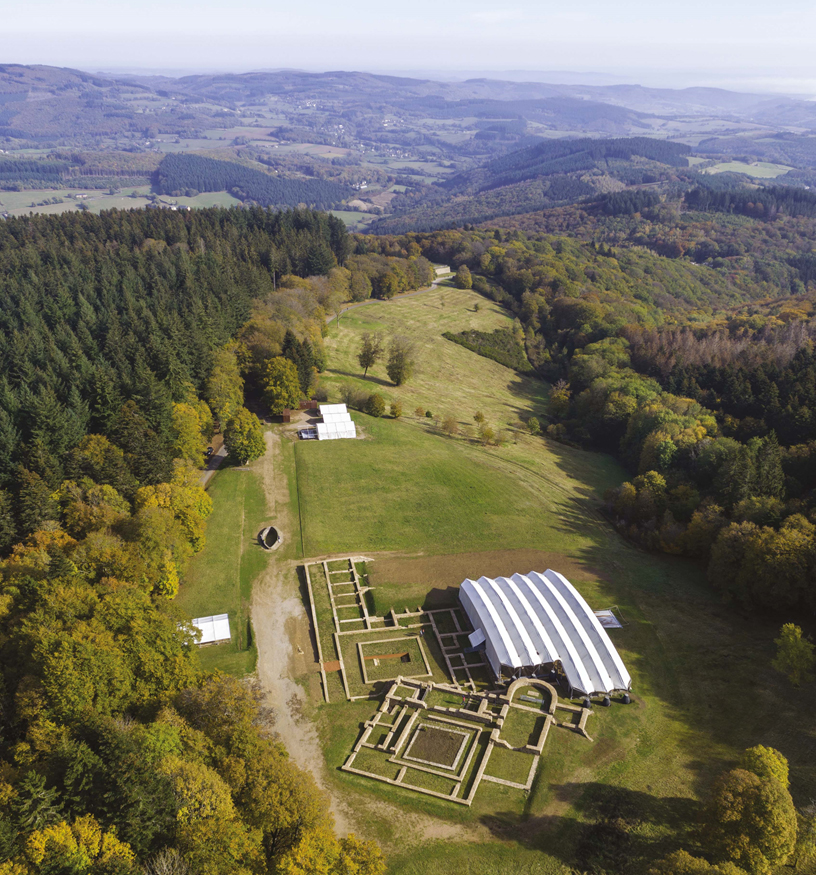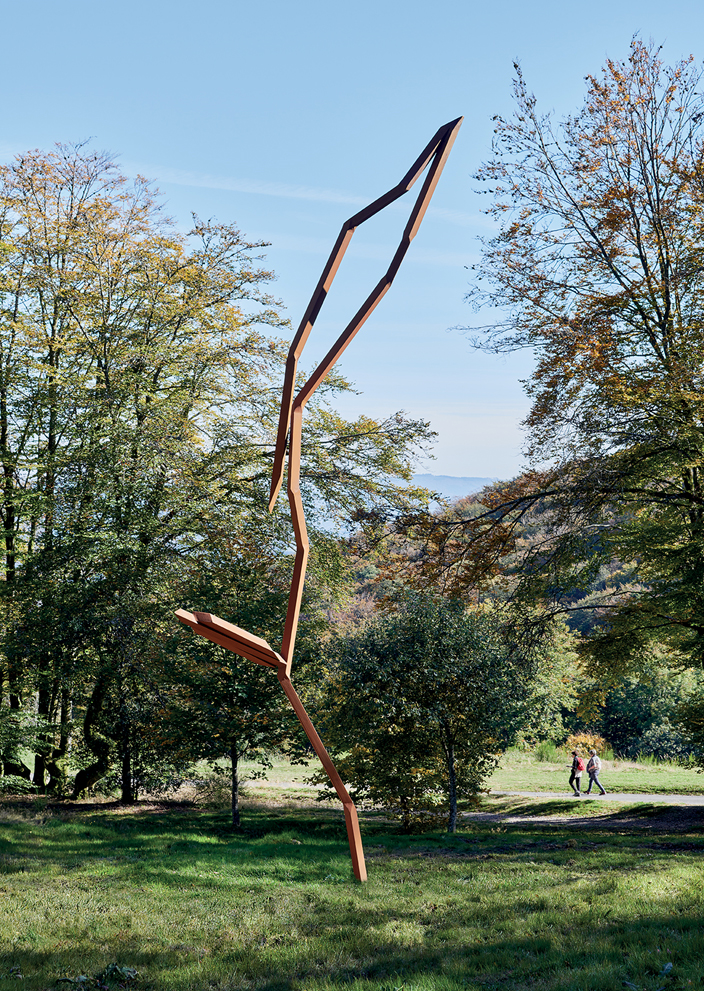Bibracte-Mont-Beuvray - Glux-en-Glenne / Saint-Léger-sous-Beuvray

Bibracte on Mount Beuvray, a two-thousand-year-old town buried under the forest.
At first glance, Mount Beuvray stands out with its tree cover and its rounded shape that stands out on the horizon. It is one of the peaks of the Morvan and one of the 21 Grands Sites de France. In the heart of the Regional Nature Park, the Beuvray forest covers the remains of the ancient Bibracte. Year after year, archaeologists reveal the marks of this past life. Through their field investigations, they create gaps in the rich vegetation which, little by little, reveal the hollow imprint of a world that has disappeared forever. It is difficult to imagine without a stop at the Bibracte museum that the place was home to between 5 and 10,000 inhabitants at a pivotal period in our history: the moment when Gaul entered the orbit of Rome. The ephemeral capital of the powerful Aeduan people, it was a first-rate centre of craftsmanship, trade and politics in the 1st century BC.
The passage of time is reflected in the stacking of layers left by the various occupations that followed one another on the site. Stratigraphy is the fundamental principle of the excavation and is aimed at tracing the history of the site. The building of a street or a wall, the construction of a house and its violent destruction, or its slow abandonment, leave specific marks in the ground. Over time, these ‘events’ have metamorphosed into material traces that archaeologists try to describe in great detail at the time of their excavation, which most often precedes their destruction, necessary to access deeper and older layers. A whole arsenal of tools is mobilised to record these fragile traces and prevent them from being forgotten. All these transcriptions together create a memory of the excavation site. At Bibracte, researchers and students from all over Europe are working together to try to understand the mechanisms of the development of the Celtic town. The results of their work are presented in the museum, where the permanent exhibition combines objects with a variety of media (dioramas, models, plans, photographs, digital devices, etc.) to illustrate the methods of archaeology and the way in which an account of the past is constructed from material traces unearthed in the field.
Bibracte is a place of experimentation, both in terms of museography and research methods and in the development of archaeological and natural spaces. In this context, presenting contemporary works to the public helps to show that the archaeological approach is not turned in on itself, but on the contrary is at the service of the challenges of our time. Installed in what was once a district occupied by blacksmiths, the GEOT work seems to bring out the memory of these former craftsmen from the ground.
Vincent Guichard
Archaeologist, Director General of Bibracte EPCC
Eloïse Vial
Archaeologist, Head of cultural action and the Bibracte EPCC
www.bibracte.fr
